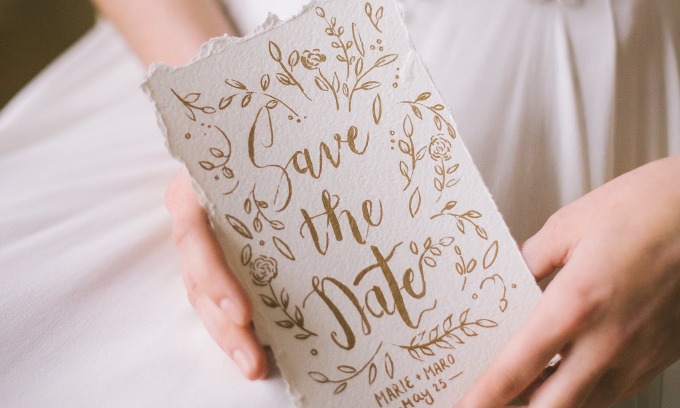The mixing of know-how into our day by day lives is undoubtedly a rising pattern, but it ought to have its boundaries. Contemplate the instance of marriage ceremony invites. It is changing into more and more frequent to see invites outfitted with QR codes.
These permit friends to rapidly and conveniently switch congratulatory funds to the couple by means of a banking app, finishing the transaction in underneath a minute. Following the marriage, the bride and groom can simply monitor all of the contributions obtained by way of their app.
In right this moment’s world, face-to-face exchanges of bodily invitation playing cards are not needed. Digital invites effectively ship all of the important particulars like the marriage date and venue tackle to friends.
 |
|
Wedding ceremony invitation. Photograph by Pexels |
Nevertheless, merely sending these digital invitations with none private communication is not acceptable. Participating in correct dialogue by means of a telephone name or a message continues to be vital.
Moreover, inserting a QR code on the cash field or elsewhere on the marriage ceremony venue is suitable. It’s because attendees normally intend to present congratulatory cash, and a QR code makes this course of simpler.
Nevertheless, together with a QR code straight on the invitation serves a special goal. It targets these not attending the marriage, implicitly suggesting they need to ship cash no matter their presence.
Upon seeing a QR code on an invite, I select to not attend or contribute financially. I consider weddings needs to be extra private, restricted to household and shut pals. Trendy weddings typically have giant visitor lists, resulting in conditions the place you are seated amongst strangers, with little to do however eat and go away.
These ideas had been shared by a reader, Music Dong Em Dem, in response to the usage of QR codes in on-line marriage ceremony invites.
One other reader, Tam, echoed related views, observing {that a} QR code on wedding invitations seems to be a refined immediate for friends to ship cash, no matter their attendance on the ceremony.
This pattern, in accordance with Tam, has reworked weddings into extra of a business affair, straying from their essence as celebrations of life’s particular moments with family and friends. Tam believes that the enjoyment of the event shouldn’t be diminished by friends’ incapability to attend or give cash.
The inclusion of a QR code appears to hold an unstated expectation of a financial reward, contradicting the normal sentiment of happiness over friends’ presence.
Reflecting on the frequent marriage ceremony invitation phrase, “Your attendance is our nice blessing,” a reader questions its sincerity when a QR code can also be current on the invitation. This inclusion appears to speak a special message – that friends are anticipated to ship cash whether or not they attend or not.
The reader means that justifying the usage of QR codes as a nod to trendy know-how is merely a canopy for the underlying expectation of financial presents.
What are your ideas on this subject?



